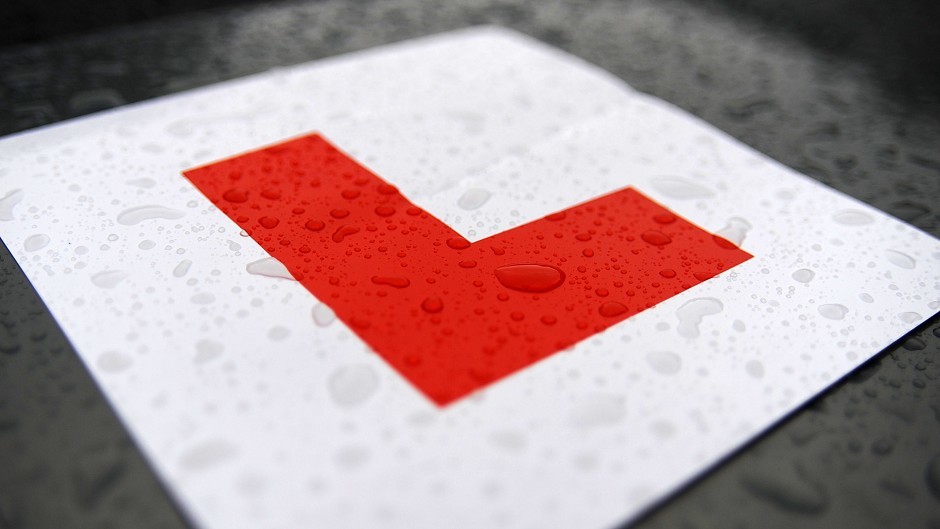Today marks the 80th anniversary of the introduction of the driving test.
Some voluntary tests were conducted in the early months of 1935, but on June 1 that year the test was made compulsory.
Costing just seven shillings and sixpence (37.5p in today’s money) the first test lasted half an hour, with the first to pass it being a Ronald Beere.
In 1934, there were just 1.5 million cars in use, but more than 7,000 people were killed on the country’s roads. Within a year of the introduction of the test, the number of deaths had fallen by 1,000.
The annual death toll now is around 1,700.
Promotional film footage at the time the test was brought in shows not only what drivers should do, but also some bad practices – such as hanging a cigarette-clutching hand out the window to flick ash on the road.
Candidates from the early tests were expected to display plenty of hand signals, a practice on which those sitting the test were assessed until as late as 1975.
Although some of the early elements of the test remain, in 1996 a separate theory test was introduced – replacing questions asked by the examiner during the practical test.
In 2002, a hazard-perception element was added to the theory test, using video clips to test candidates’ awareness of hazards on the roads. This has been credited with an 11% reduction in crashes.
Another major change took place in 2010, with the introduction of a 10-minute “independent driving” section to the practical test – requiring candidates to show they can drive safely without turn-by-turn directions from their examiner.
Then in January 2015, computer generated imagery (CGI) replaced filmed video clips in the hazard-perception test, allowing it to incorporate a wider range of hazards and driving environments.
Transport minister Lord Ahmad said: “The driving test is a significant rite of passage, giving greater freedom and independence to generations of people across Britain.
“This country has a proud tradition of leading innovation and the driving test is just one example of us continually improving, making our roads some of the safest in the world.”
The first examiners were initially drawn exclusively from the staff of driving school BSM, which is owned by the AA.
AA president Edmund King said: “The introduction of the compulsory driving test on June 1 1935 was a massive motoring milestone.
“For most people growing up, the great early achievements in life are learning to walk, talk, cycle, swim and drive. Learning to drive broadens our horizons and independence.”
